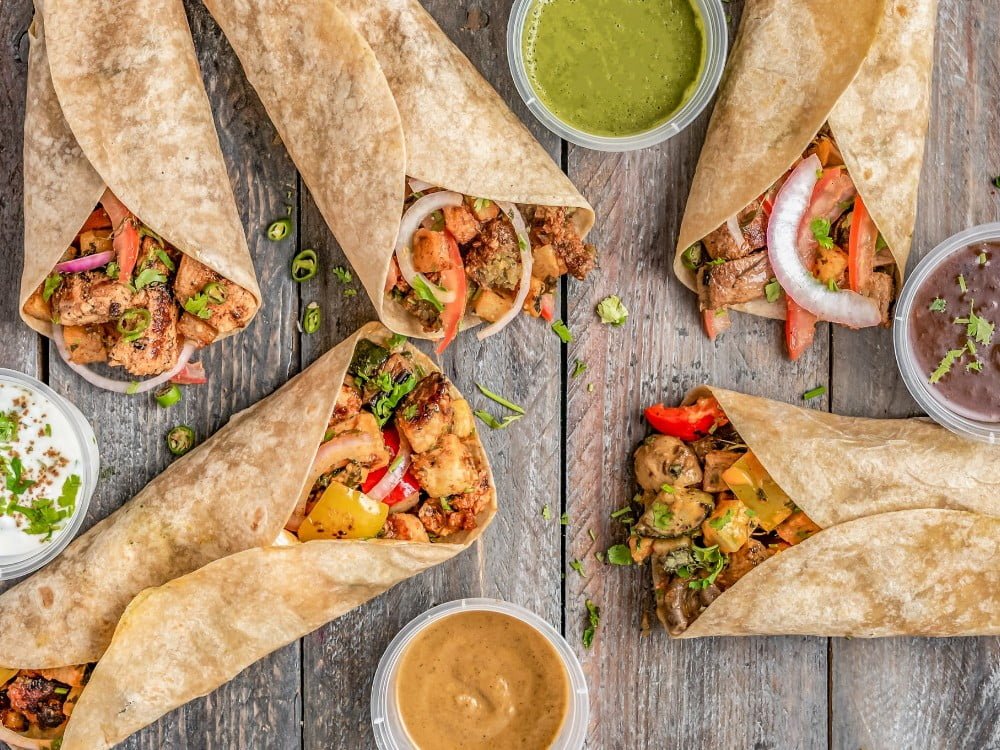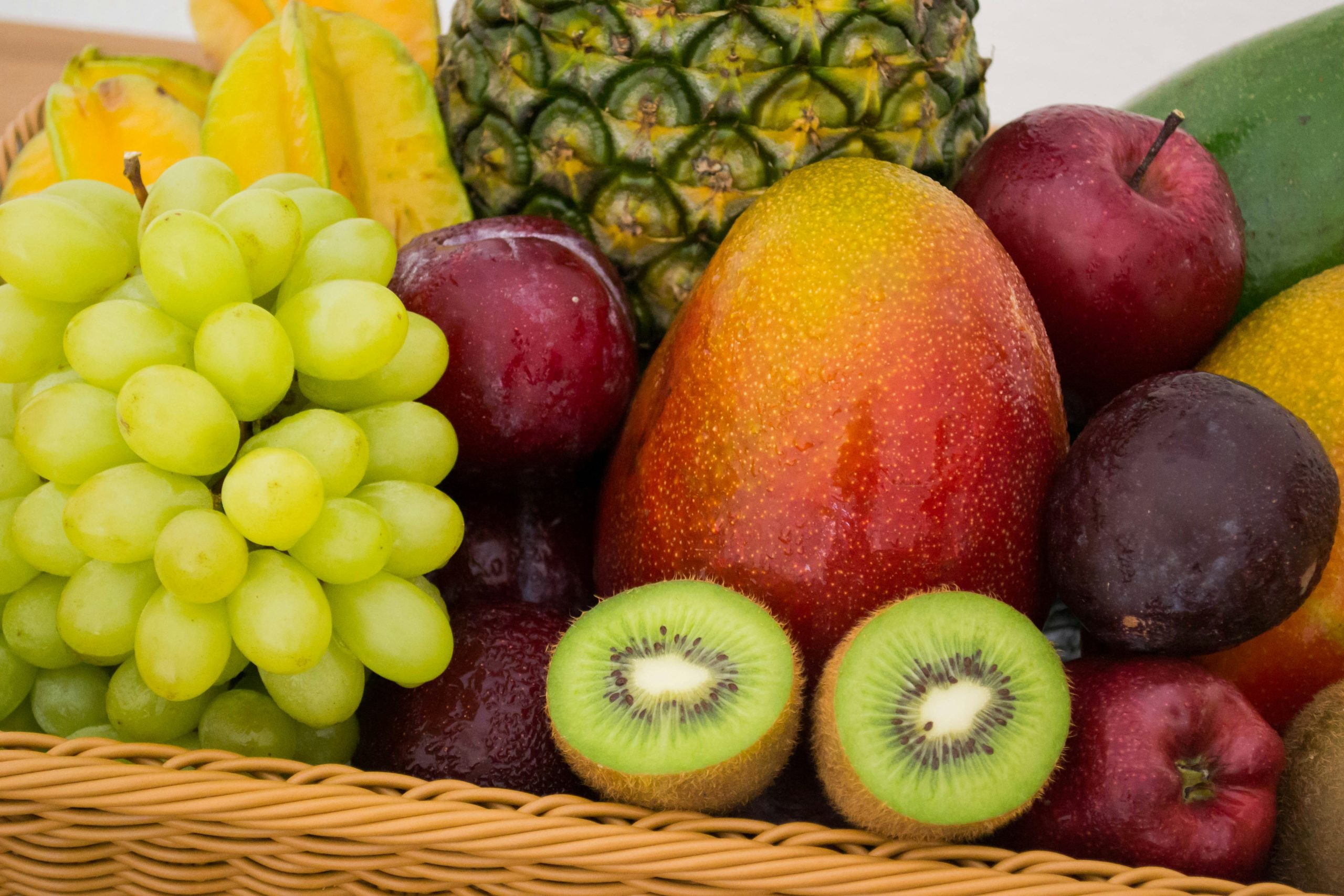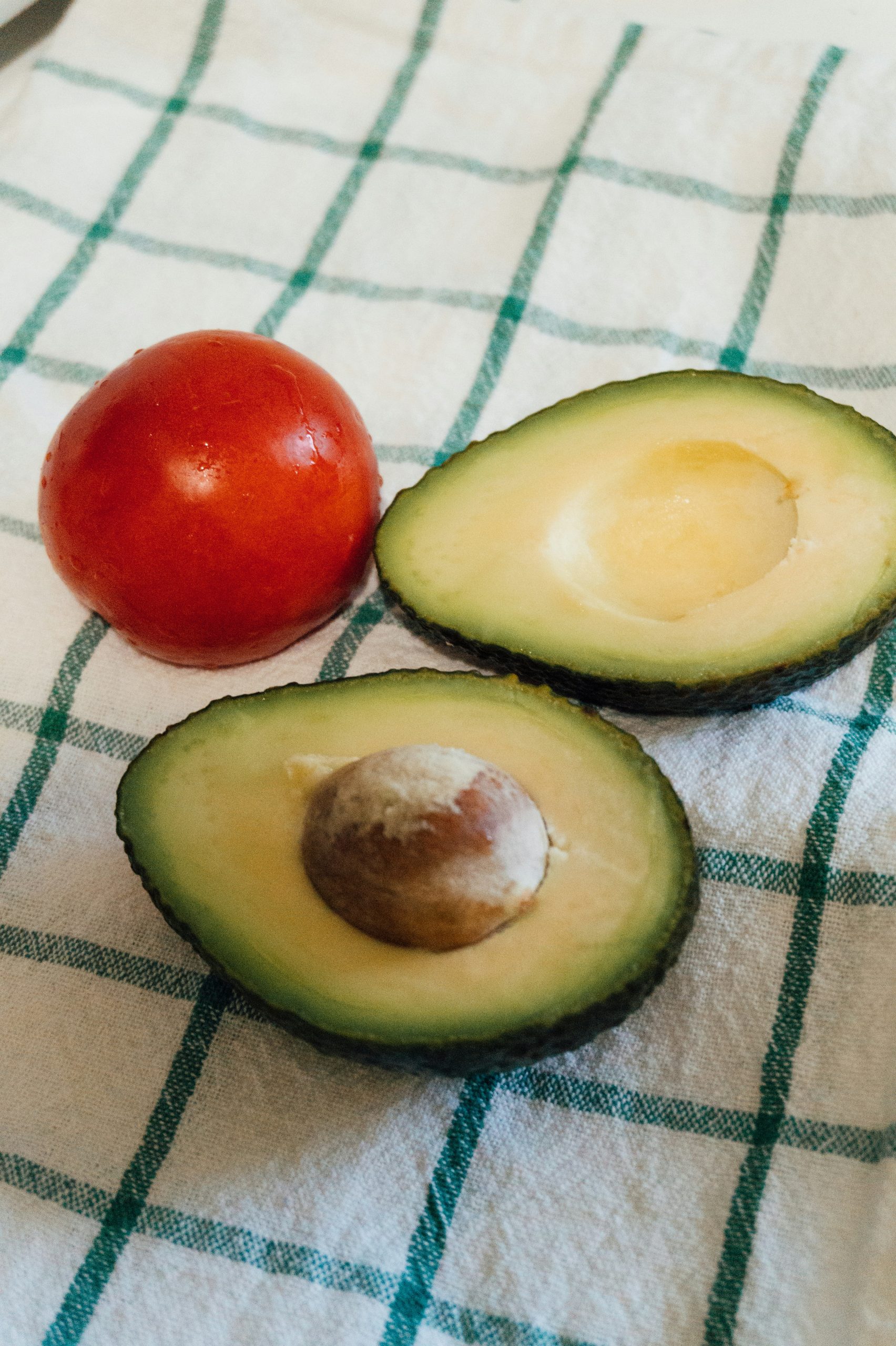This Article Was Generated By AI.
Can Spicy Food Be Addictive?

It’s a curious thing: your eyes water, your nose runs, and your tongue burns—yet somehow, you go back for another bite. For many people, spicy food isn’t just enjoyable; it’s irresistible. But can it actually be addictive?
To answer that, we need to look at what happens in the body when you eat something spicy.
The “heat” you feel comes from a compound called capsaicin, found in chili peppers. It doesn’t actually burn your mouth, but it tricks your nervous system into thinking it does. Capsaicin binds to pain receptors, sending signals to the brain that are normally reserved for actual heat or physical injury.
In response, your body reacts with a defense mechanism: it releases endorphins—natural painkillers that create a mild euphoria, not unlike a “runner’s high.” At the same time, dopamine—a neurotransmitter associated with reward—is also released. In other words, your body starts to associate that fiery sensation with pleasure.
This is where things get interesting. The more often you eat spicy food, the more your brain anticipates this reward cycle. Some people even develop a higher tolerance, gradually seeking out hotter sauces and fiercer peppers, much like how coffee drinkers crave stronger brews over time.
But is this true addiction?
Scientifically speaking, no. Addiction usually involves compulsive behavior and negative consequences—something we don’t generally see with chili peppers. You might crave spice, but you’re not likely to reorganize your life around finding your next hot wing. What we’re talking about is more of a psychological habit or pleasure-seeking behavior, rather than a clinical dependence.
Interestingly, cultural factors also play a role. In some cuisines, spice is more than just flavor—it’s tradition, comfort, even identity. The emotional attachment to spicy food can make the craving feel stronger than it really is.
So, can spicy food be addictive? Not in the clinical sense, but it can be habit-forming in a way that blends biology, psychology, and pleasure. And perhaps that’s what makes it so fascinating—we seek out the burn not despite the pain, but because of it.










